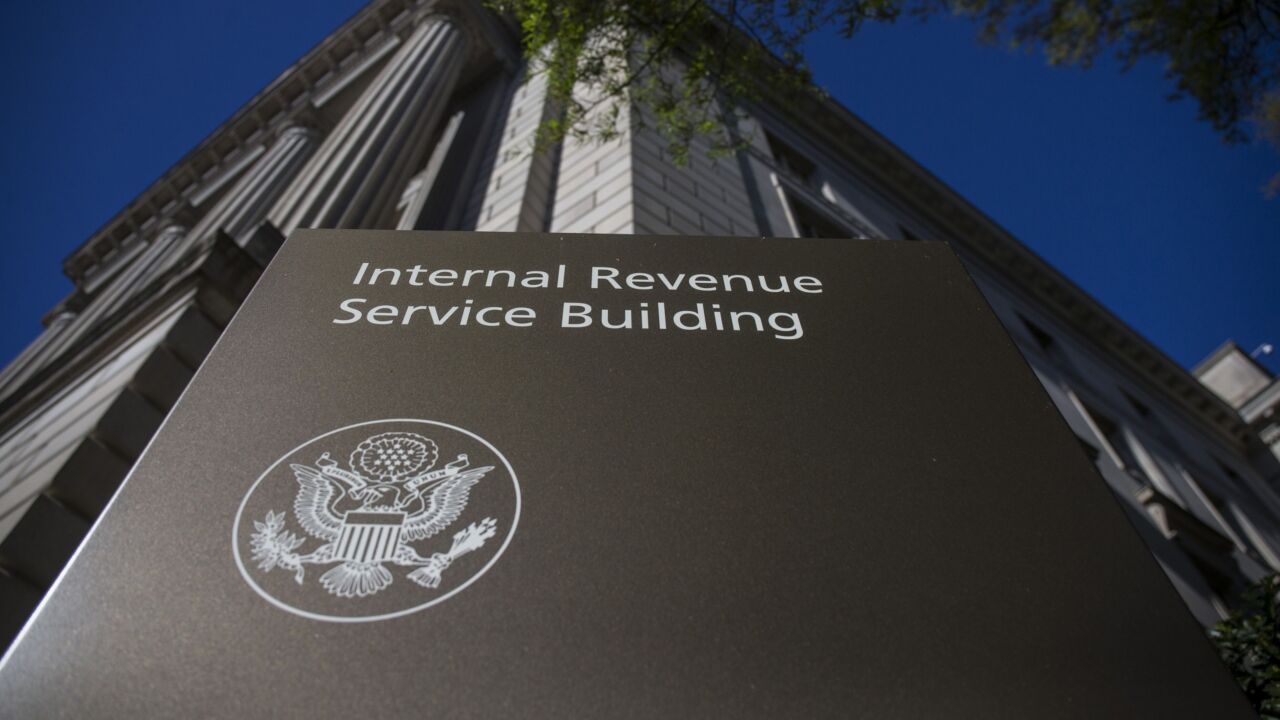The valuation profession has gone through many changes since the introduction of fair value measurements in 2001, and the development of a new credential will help unify the valuation profession.
The Certified in Entity and Intangible Valuations credential, or
Fair value, in the context of financial reporting, was introduced in 2001 and has continued to evolve to the present day. Sophisticated financial models and valuation approaches are frequently used in determining fair value measurements for financial reporting.
Beginning in 2005, U.S. capital market regulators suggested changes may be needed in the valuation profession. They commented on the number of professional bodies providing credentials and the lack of a consistent set of professional, technical and ethical standards. SEC Deputy Chief Accountant Paul A. Beswick suggested during a 2011 speech at an AICPA conference that the valuation profession develop a single set of qualifications, standards of practice and ethics, and a code of conduct to ensure consistency and transparency in financial reporting measures for public interest entities.
During that same period, the PCAOB’s inspections of auditors focused on audit areas relating to fair value measurements.
In early 2014, the American Society of Appraisers, the American Institute of CPAs, the Royal Institution of Chartered Surveyors, along with several of the major accounting and valuation firms, and valuation standard-setting organizations, came together to develop a proposed solution to the issues raised by U.S. capital market regulators. That collaboration resulted in the formation of the Fair Value Infrastructure Quality Initiative, which includes several “work-stream” groups and observers focused on the following areas of the valuation profession infrastructure:
• Governance and coordination;
• Performance requirements;
• Qualifications;
• Quality Control.
The CEIV credential resulted from the Fair Value Infrastructure Quality Initiative.
Pathway to the Credential
The objective of the credential is to enhance the quality of the valuation process, but the CEIV is expected to also provide consistency and transparency in valuation methodology and documentation.
The credential provides for:
• A single set of qualifications, including education level and work experience;
• Mandatory initial training, including a standard assessment that all credential holders must pass;
• Standards of practice, ethics and conduct, including the new Mandatory Performance Framework;
• Continuing education requirements over a three-year cycle, including annual minimums;
• Minimum hours of experience in fair value engagements over a rolling three-year cycle;
• A quality control/inspection program, including a disciplinary mechanism.
The Mandatory Performance Framework
The MPF was finalized in January 2017 and outlines the required levels of diligence and documentation for valuation professionals. The MPF does not provide for “what needs to be done” but instead focuses on “how much rigor and documentation is required.”
Overall the MPF requires valuation professionals to provide sufficient documentation within the work file to support a conclusion of value such that an experienced professional not involved in the valuation engagement could review and understand the significant inputs, analyses and outputs and how they support the final conclusion of value.
Compliance with the MPF will enhance consistency and transparency in the performance of fair value measurements for the benefit of the public interest, and quality control will continue to ensure the quality of valuations for financial reporting. All valuation professionals have a collective interest in ensuring the adoption of the credential is widespread.





